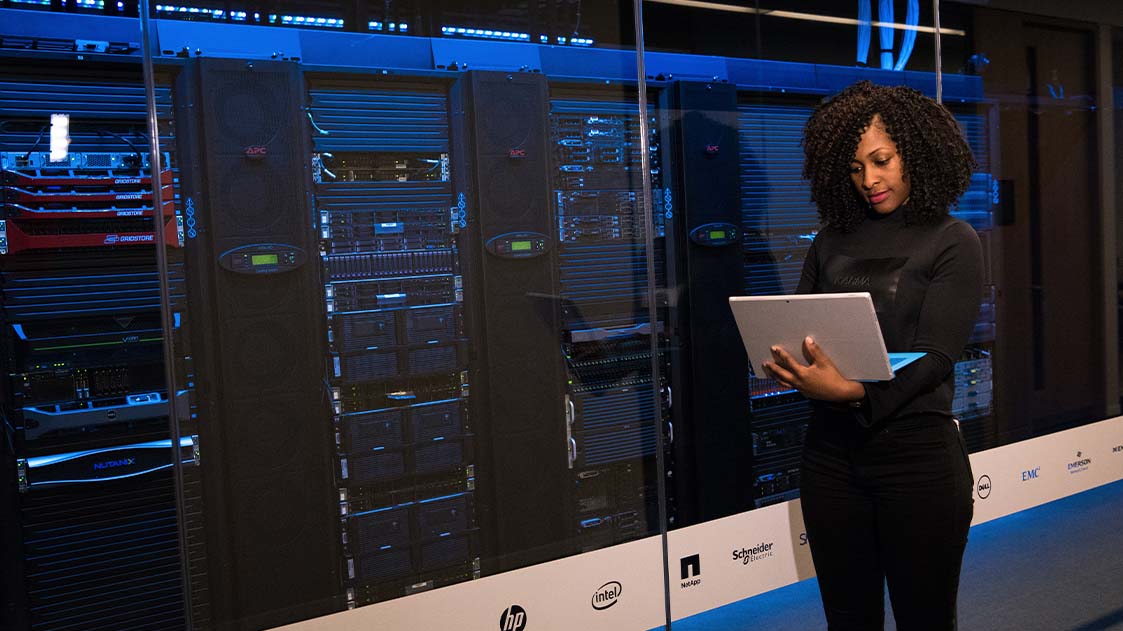Deciphering cloud computing jargon can feel downright impossible. If you are an individual or business trying to make a decision about whether to invest your trust, time and money in cloud-based computing, then this is only going to muddy the waters further.
It doesn’t have to be this way.
Below is a back-to-basics definition of what a workload is in cloud computing.
Protecting yourself
Before you start learning about workloads, a key point to grasp about cloud computing is the importance of protecting yourself and your business. Although cloud services are generally a lot safer than other methods of storage, using a CWPP will help keep your data safe, while allowing you to get the most out of your cloud experience.
Definition of a cloud-based workload
A workload is a service or application uploaded onto the cloud. This could be a heaving, complex workload needing a lot of support, or a small workload you can plug in and play with.
If you imagine the term ‘workload’ literally then it will start making sense. For example, imagine lots of tiny people working frantically (what we would in conventional parlance call a heavy workload) or a breezy, relaxed worker with his arms outstretched (who, we would think, has a light workload).
This analogy is applicable to the cloud, with its different types of workloads - whether hardcore microservice-packed ones or just an individual service.
Get it?
Good.
Types of workload
Okay, so now we can move on to the next stage: the different types of workloads.
There are many different types, which are decided on how they are constructed, how many resources they need, how they are used and how much traffic they need to host at any one time.
While there are other types, these are the main variations of a workload:
General: As the name would suggest, these are your common or garden workloads - such as servers, data storage, apps, anything that doesn’t need heavy resources and can run easily without requirements.
Memory intensive: These need a lot of memory to run themselves - such as real-time streaming and databases.
CPU intensive: These workloads need a lot of computational resources. Examples include complex multiplayer games and video encoding. These workloads tend to need to handle multiple user loads at once.
You can also differentiate workloads by the amount of traffic they generate. These include static workloads, which are alike general compute workloads, in that they don’t require huge chunks of resources.
Then you have unpredictable workloads, which, as you can probably guess, are designed to take unpredictable spikes of traffic at any one time. Common examples include online gaming.
Furthermore, there are periodic workloads, which expect their traffic at specific times, rather than constantly (as the name suggests).
You may also hear the term ‘hybrid workload’. Again, the clue is in the name. Hybrid workloads are an amalgamation of different workloads.
Final Thoughts
Workloads are the backbone of cloud computing. There are many other terms and processes to understand if you want to become a cloud expert, but for everyday use, just know that the cloud is a safe, easy way to store your data and collaborate with others in real-time.
As long as your data is backed up elsewhere and you use platform protection, cloud computing has the potential to benefit you and your business in a variety of ways.



